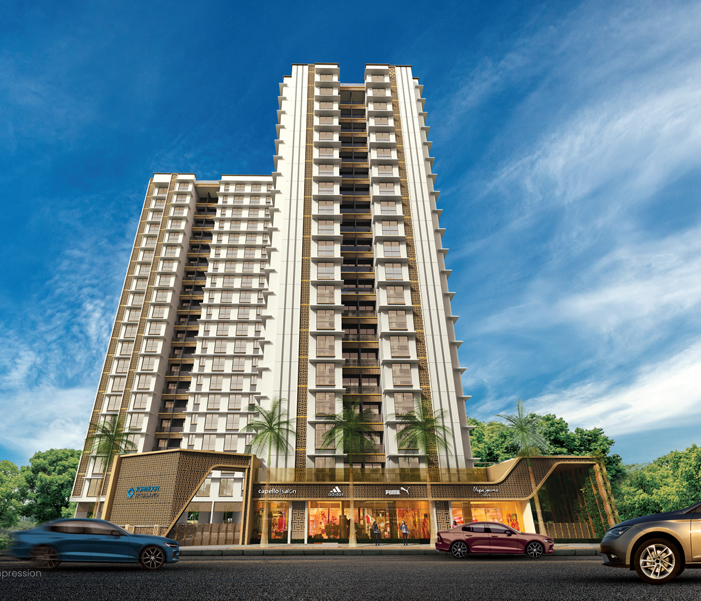
In recent years, the concept of co-living has gained significant traction, revolutionizing the way people think about housing. As urbanization continues to increase and housing costs soar, individuals are seeking alternative living arrangements that offer affordability, community, and convenience. Let's delve into the rise of co-living spaces and explore why they have become so popular.
What Are Co-Living Spaces?
Co-living spaces are communal living arrangements where residents share not only living quarters but also common areas, amenities, and experiences. These spaces can take various forms, including:
1. Shared Apartments or Houses: In co-living apartments or houses, residents have their private bedrooms but share common areas such as kitchens, living rooms, and bathrooms. These spaces often come fully furnished and equipped, making them ideal for those who want a hassle-free living experience.
2. Purpose-Built Co-Living Communities: Some companies specialize in creating purpose-built co-living communities. These developments feature compact, well-designed units with shared amenities like gyms, coworking spaces, and rooftop gardens. Residents benefit from a sense of community and a curated living experience.
3. Coliving Hotels and Hostels: Beyond traditional hotels and hostels, there are now co-living hotels and hostels that emphasize community and social interaction. These spaces cater to travelers, digital nomads, and long-term guests who seek more than just a place to sleep.
Why Co-Living Is on the Rise
1. Affordability
Housing costs in major cities have skyrocketed, making it challenging for young professionals, students, and even families to find affordable accommodation. Co-living offers a cost-effective solution by splitting expenses among residents. Rent, utilities, and other shared costs become more manageable, allowing individuals to live in desirable neighborhoods without breaking the bank.
2. Community and Social Interaction
Loneliness and isolation are common challenges in urban living. Co-living spaces foster a sense of community, encouraging residents to connect with one another. Whether it's cooking together in a shared kitchen, attending community events, or collaborating on projects, co-living promotes social interaction and reduces feelings of solitude.
3. Flexibility
Co-living arrangements are flexible. Residents can choose short-term or long-term stays, adapt to changing circumstances, and move between different co-living spaces. This flexibility appeals to digital nomads, expatriates, and anyone who values mobility.
4. Amenities and Services
Co-living spaces often provide amenities that enhance residents' quality of life. From high-speed internet and laundry facilities to fitness centers and communal dining areas, these perks make daily living more convenient.
5. Curated Experiences
Some co-living providers curate experiences for their residents. Whether it's organizing workshops, cultural events, or networking sessions, these activities enrich the overall living experience. Residents can learn new skills, build professional networks, and explore their interests.
Challenges and Considerations
While co-living has its advantages, it's essential to consider potential challenges:
1. Privacy: Sharing living spaces means sacrificing some privacy. Residents must find a balance between communal living and personal boundaries.
2. Compatibility: Co-living requires compatibility with fellow residents. Differing lifestyles, habits, and personalities can lead to conflicts.
3. Regulations: Co-living spaces operate in a legal gray area in some regions. Regulations and zoning laws may impact their viability.
Conclusion
The rise of co-living spaces reflects a shift in housing preferences. As more people prioritize community, affordability, and convenience, co-living is likely to continue growing. Whether you're a young professional, a traveler, or someone seeking a vibrant living environment, co-living offers an exciting alternative to traditional housing.


.jpg)
Recent comments(0)